Demand Planning is the act of projecting consumer demand so that a company can make sure to have sufficient inventory to meet it. The goal in demand planning is to ultimately find a balance between a company’s supply and its demand to find an equilibrium. Using a performance management platform, a company can try to estimate how much demand a particular product will generate as well as other factors such as overall projected revenue.

Although many supply chain planners may understand that demand planning is a key pillar within supply chain, they may not truly appreciate all of the benefits of doing so. Demand planning is of the utmost importance to achieve an efficient, customer friendly and profitable supply chain. Here are the benefits that demand planning offers.
Minimizes Excess Storage Costs
When demand planning is done poorly or not done at all, it can lead to a company purchasing and storing more inventory than what their customers desire. This can lead to a lot of money wasted since storing items is costly, and storing an excess amount of materials or goods can lead to high storage costs. Storage costs include things like warehouse utilities, equipment maintenance and more. By accurately forecasting demand, companies can ensure that they purchase and store the right amount of inventory to meet the demands of customers.
Improves Customer Service
In order for customers to be able to trust and continue to purchase from a company, they have to be able to trust that their products are going to be in stock. If a particular product is not available or is projected to take a long time to arrive, a customer will simply buy from an alternative company. Through demand planning, companies can ensure that they have enough products in stock so that customers’ demands are met.
Increases Efficiency In Production
Manufacturers have deadlines for every step of the production process. If a company is not aware of its demand then they cannot properly plan out their production schedule and will instead have to adapt it on the fly. This can lead to disruptions and disorganization during the production process.
Helps With Logistics Planning
Knowing how much demand there is for products can help a company deploy the right amount of trucks to avoid unnecessary transportation costs. If customers are demanding a 1000 goods and a company’s vehicles only ship 900 it could be problematic and cause severe delays. Conversely, if there are only 900 goods that are needed and they ship 1000, then they may have wasted a lot of money on transportation expenses and other hidden costs.
Improves Human Resources Management
Accurately predicting demand can help a company understand how many employees they need to hire to work within every part of their supply chain. Even if they have the necessary materials, goods and/or capabilities, not having enough workers to fulfill orders can lead to delays in getting products to customers and decrease customer satisfaction. Having too many workers means they have to spend an excess amount of money on wages.
Investing in demand planning clearly has its benefits. For a company to be able to improve how well it forecasts demand, they need to use supply chain KPIs specific to demand planning by measuring KPIs such as forecast accuracy, forecast bias, changes to forecast and more. The Owl provides KPIs in all aspects of supply chain, including demand planning. We also have experienced experts that can show how to leverage these KPIs into tangible steps, and our benchmarking tool can help contextualize supply chain performance relative to companies of the same size and industry.
Click below to watch a demo to see our demand planning module and other modules for yourself. Or, book a 30 minute meeting with one of our experts to discuss how our platform can benefit your company in reaching its supply chain goals.
